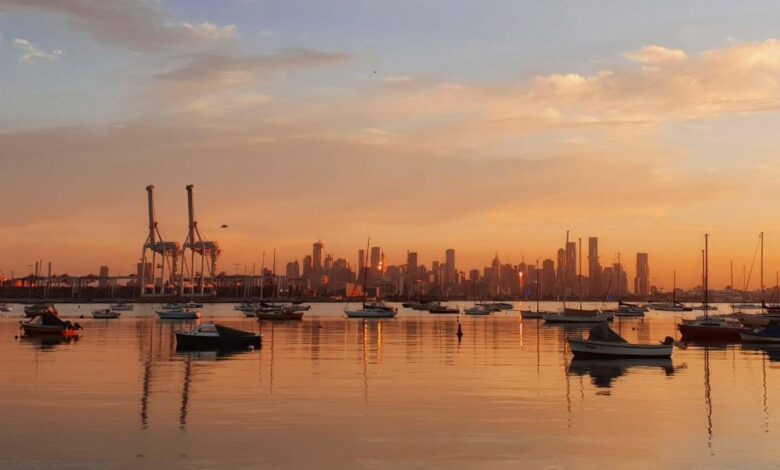Port of Melbourne sets net zero targets for 2030

Port of Melbourne has set a target to achieve Scope 1 and 2 net zero emissions for port operations by 2030.
The port said in a statement that it would achieve its net zero targets by sourcing 100% of the electricity needed for its business operations from renewables and by transitioning its corporate vehicle fleet and marine survey vessel to electric or zero-emissions fuel technologies.
“Port of Melbourne is committed to managing the risks and opportunities arising from climate change to ensure the long-term sustainability of the port and the ongoing resilience of our assets,” said Port of Melbourne CEO Saul Cannon.
Port of Melbourne added that it was measuring Scope 1, 2, and 3 emissions to understand its climate impact and inform its decarbonisation roadmap.
“As well as committing to net zero emissions for our operations, we are well placed to support the efforts of our stakeholders to progress decarbonisation efforts across the port supply chain. We’re engaging with our stakeholders to reduce Scope 3 emissions and facilitate decarbonisation across the port supply chain,” Cannon added.
The port noted that it recently signed a memorandum of understanding with the industry to explore the commercial feasibility of establishing a green methanol bunkering hub at the Port of Melbourne.
The MoU provides a starting point for the parties to work together to explore the various elements of establishing a green methanol bunkering hub and identify any challenges that would need to be addressed.
The port also recently joined the C40 Green Ports Forum – an organisation of leading cities and ports around the world with ambitious goals to mitigate air pollution and greenhouse gas emissions and deliver positive health and economic benefits for communities.
Earlier this year, Maersk and CMA CGM’s Australian subsidiary ANL signed up to explore the commercial feasibility of establishing a green methanol bunkering hub at the Port of Melbourne.
The port is Australia’s largest general cargo and container port and facilitates more than one-third of the nation’s container trade. The port services the southeast of Australia, including Tasmania, and occupies a central position in the freight and logistics industry.
